Sporting life: Hickory golf on the South Downs, complete with plus fours and bow-ties
The Goodwood Revival isn't just limited to the motor racing circuit these days – each year, a group of golfers takes to the fairways of the estate's beautiful Downs Course to try their luck using vintage golf equipement. Toby Keel went along to try it out.
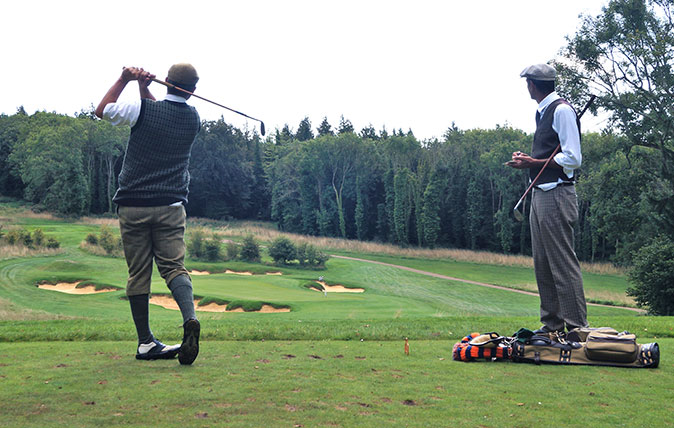
‘Golf,’ wrote Winston Churchill, ‘is a game whose aim is to hit a very small ball into an ever smaller hole, with weapons singularly ill-designed for the purpose.’
Normally I’d never dare question the wit and wisdom of the Great Man, but this particular bon mot always struck me as a little bit of sour grapes from a man who'd tried and failed to master the game. Golf clubs have always seemed perfectly decent implements, especially in the form of the modern titanium driver, with a head only slightly smaller than a cantaloupe melon.
Today, however, I see what the old boy was going on about. That’s because I’m standing on the first tee of the Downs Course at Goodwood wielding a long, thin piece of wood with a butter knife glued to the end.
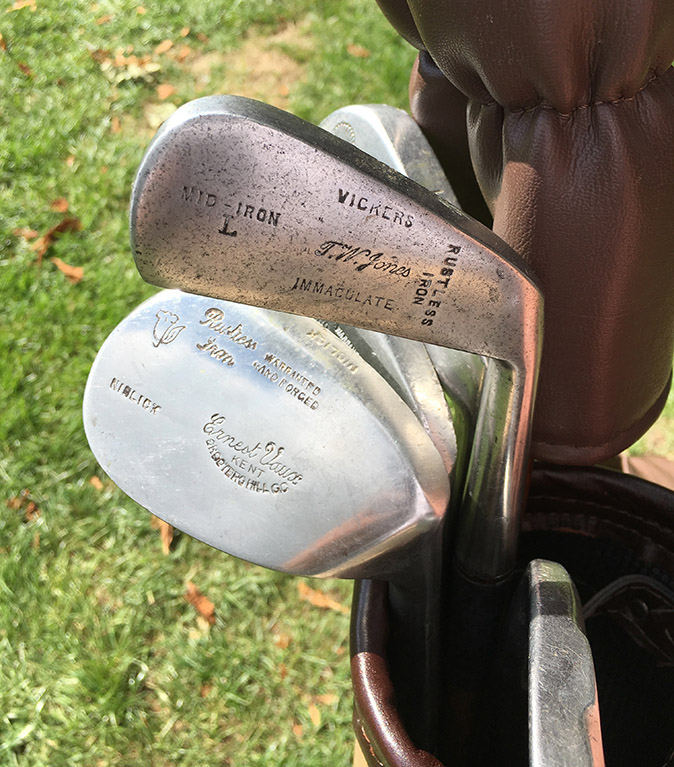
It’s not actually a butter knife, of course. It’s an original 1930s golf club – a ‘hickory’, as they’re now universally known, named after the wood used to make the shafts. I’ve got a 'full' set of them which takes in about half as many clubs as I’d use today, and most with names lifted straight from the pages of PG Wodehouse: there’s a brassie, a mid-iron, a niblick, a mashie-niblick, a niblick and a putter. Forget the driver, the rescue clubs, numbers 3-9 irons and a wedges for every eventuality.
This is how golf used to be played. This, to aficionados, is how golf still should be played. And this, to me, is the moment that I realise Churchill was on to something.
The reason I’m about to have a go with this 'ill-designed instrument'? This is Goodwood’s annual Revival Golf Challenge, a golf day scheduled for the Friday morning during of Goodwood Revival week, based half a mile or so away on the Duke of Richmond’s 12,000-acre estate. 11 years ago, with the motor racing festival well-established, the estate’s golf club decided to get in on the act by holding an equivalent golf day. A specialist company – South East Hickory Golf – were brought in to provide hire sets and bags, and the eager golfers who poured in to take part brought their own tweeds, bow-ties and plus fours.
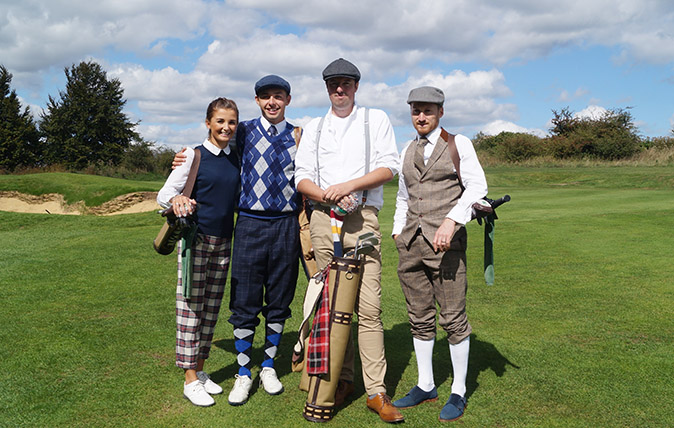
While I haven’t managed to rustle up a pair of plus fours for the day – despite trawling at least half a dozen charity shops for the purpose – I have at least dug out a period jacket and a bow-tie, neither of which make swinging this absurdly small-headed and straight-faced golf club at the ball seem any easier.
Sign up for the Country Life Newsletter
Exquisite houses, the beauty of Nature, and how to get the most from your life, straight to your inbox.
Yet here I am on the first tee. Swing I must. Swing I do and – a miracle! – the ball flies into the air as if launched by 21st century, rather than 19th century, technology.
True, it flies into a large tree, and ricochets into a bunker. But considering how daunted I’d been feeling a few seconds before, I'm instantly grinning from ear-to-ear.
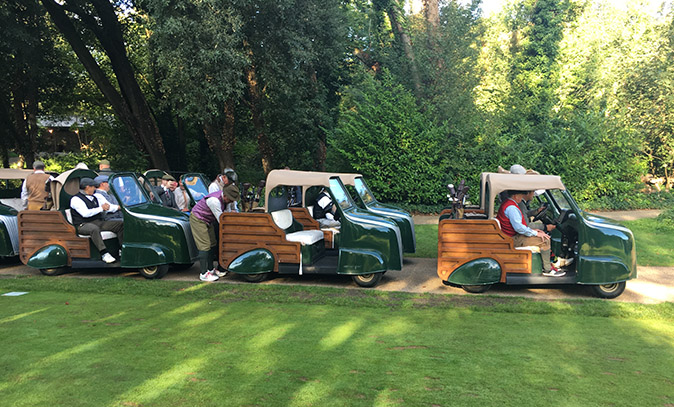
Why do people do this? Well, there are the obvious elements: it’s a bit of fun, a chance to dress up in silly clothes, and enjoy a fine day out on a beautiful spot on the South Downs. But there’s more to it than that.
For decades almost every golf club on the planet was made using a hickory shaft, but around 1935 a revolution kicked in when steel was introduced. Steel was lighter, cheaper and stronger – the latter two particularly important considerations, given that hickory golf club shafts break fairly regularly (two of the sixty-odd taking part in this golf day will suffer that fate).
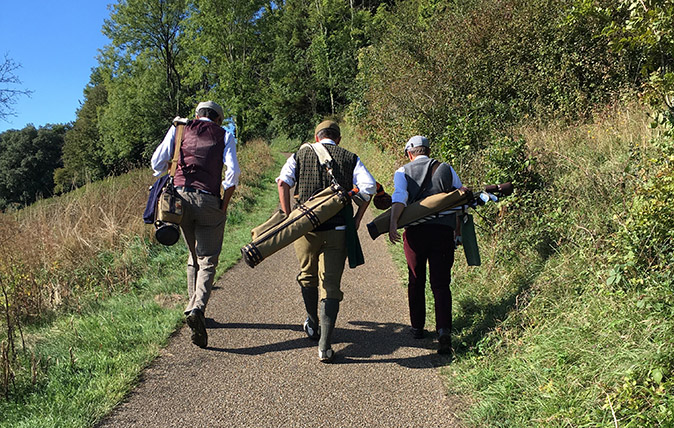
But there is another consideration which makes this day all the more intriguing: as a hickory golf club is swung, the wooden shaft twists under the weight of the metal clubhead. Steel shafts twist too – it’s called torque – but far, far less. The result is that hitting a good shot with a hickory club requires a slow, wristy action which would get you into all sorts of trouble using modern clubs. The reverse is true too: one of my fourball, a professional golfer, is almost completely unable to hit the ball at all for the first nine holes.
For the less skilled golfer – a group which, dear reader, I sadly admit to being in myself – this proves something of a leveller. The first few holes don’t exactly go brilliantly, but then they seldom do when playing ‘real’ golf either, and I’m delighted with my progress, even with the ‘brassie’ which is roughly an eighth of the size by volume of my normal driver. The only real trouble I have is that the putter and the mid-iron (equivalent to a modern four or five-iron) are almost indistinguishable from each other, meaning that it takes me a few seconds longer than I’d expect to fish either one out of the bag.
As the round progresses I suffer the usual ups and downs of golf, but my playing partners show the way with a succession of excellent shots. Finally things click, and I hit a fine shot to a par-3 that leaves me with a birdie putt.
(I end up taking three, for a bogey. There’s no excuse. The putter is the least different of all the clubs, in both look and feel.)

But truth be told, I actually begin to forget that this is hickory golf – it’s just golf, with all its usual pleasures and pains. Tony Hunt, who runs South East Hickory Golf, tells me that regular players (of which he is one) find it perfectly easy to play to their normal handicap with antique clubs.
By the 18th hole I’m convinced he’s right as a couple of decent swings see me find first the fairway and then the heart of the green with a towering iron shot, despite using the club that a few hours beforehand I could scarcely believe would make contact. And the score of the winning team? 40 points, or four better than handicap.
Sorry Winston, but you got it dead wrong. These clubs are perfectly well designed for their purpose, even after the best part of a century. And just as they did a century ago, they’ll still let you enjoy a damn good day out.
The Goodwood Revival Golf Challenge will take place on September 13 next year (though date officially still TBC), and will be open to both members and non-members of Goodwood Golf Club. For more details see www.goodwood.com/sports/golf.
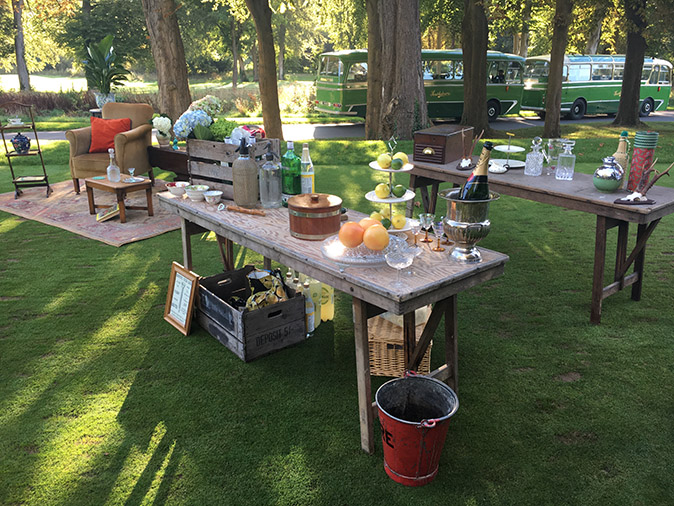
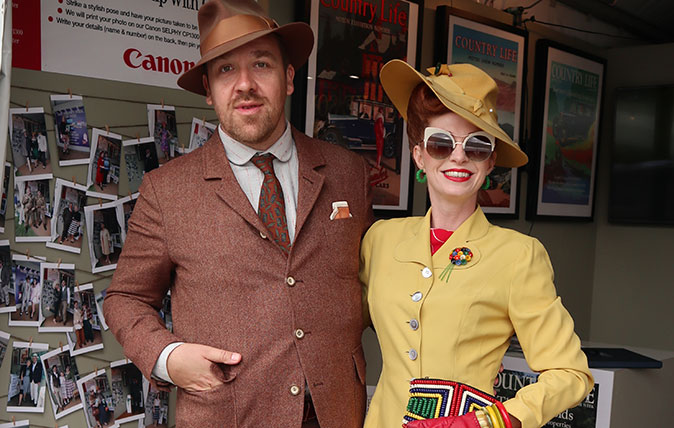
The winners of Country Life's competition to find the best-dressed people at the Goodwood Revival
Dozens of visitors to the Goodwood Revival on September 7–9 entered the Country Life Best Dressed Competition in partnership with
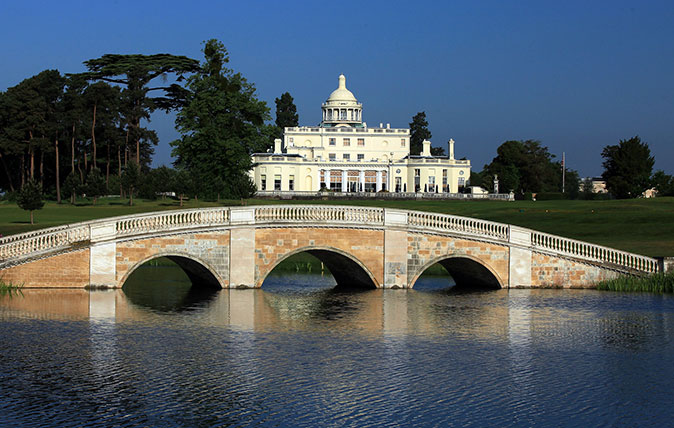
Credit: Supplied by Azalea PR - Photo by David Cannon/Getty Images
Sporting Life: Stoke Park, the golf club with the famous clubhouse, now has an equally famous coach
Stoke Park is without doubt one of Britain's most striking golf clubs. Now they've brought in one of the world's
Toby Keel is Country Life's Digital Director, and has been running the website and social media channels since 2016. A former sports journalist, he writes about property, cars, lifestyle, travel, nature.
-
 Diamonds are everyone's best friend: The enduring appeal of one of Nature's sparkliest treasures
Diamonds are everyone's best friend: The enduring appeal of one of Nature's sparkliest treasuresEvery diamond has a story to tell and each of us deserves to fall in love with one.
By Jonathan Self
-
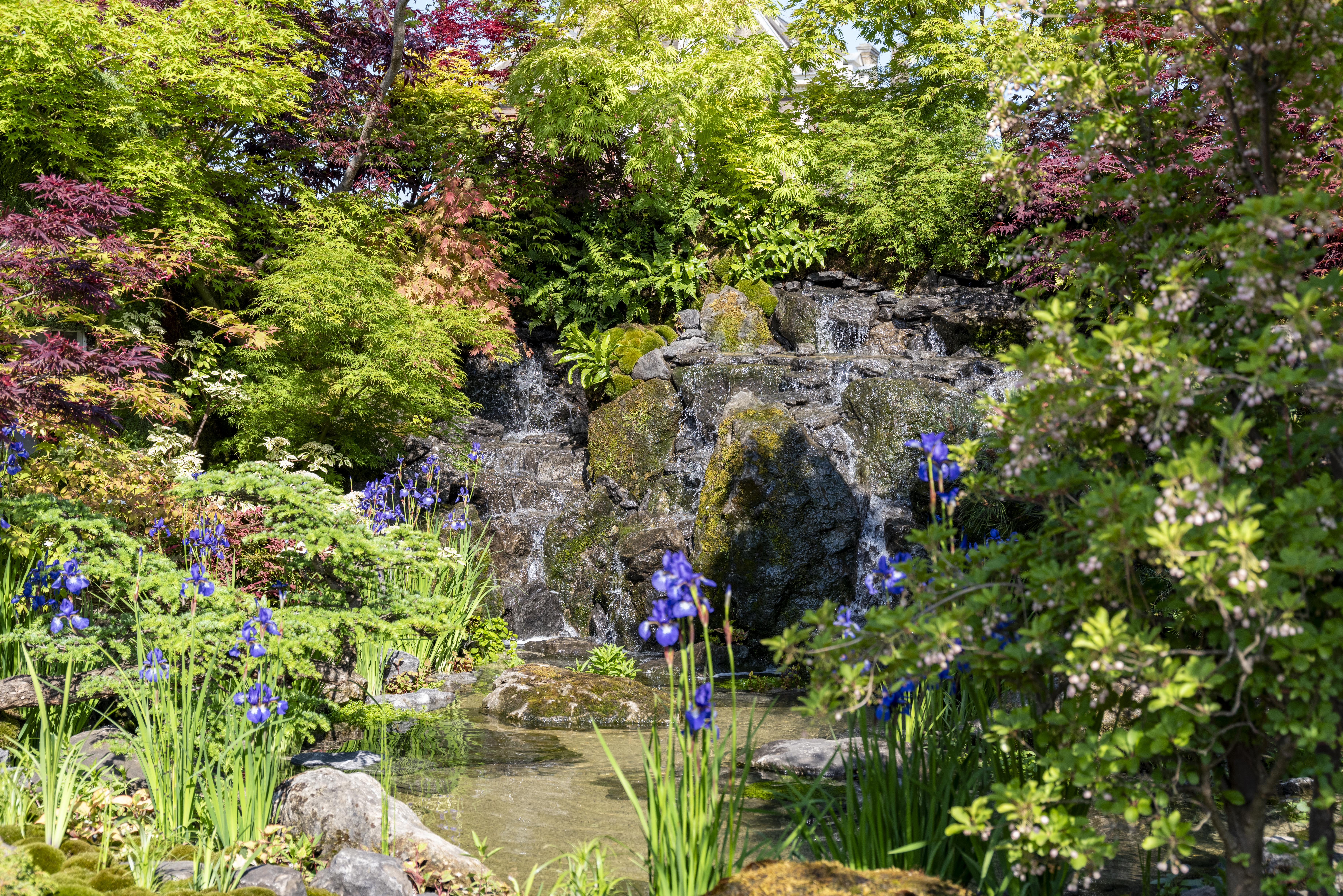 RHS Chelsea Flower Show: Everything you need to know, plus our top tips and tricks
RHS Chelsea Flower Show: Everything you need to know, plus our top tips and tricksCountry Life editors and contributor share their tips and tricks for making the most of Chelsea.
By Amie Elizabeth White
-
 Curious Questions: Why do golf balls have dimples? And why are tennis balls furry?
Curious Questions: Why do golf balls have dimples? And why are tennis balls furry?As the weather picks up, millions of us start thinking about dusting off our golf clubs and tennis rackets. And as he did so, Martin Fone got thinking: why aren't the balls we use for tennis and golf perfectly smooth?
By Martin Fone
-
 How Country Life launched the career of Alistair Mackenzie, the architect who created Augusta National's iconic golf course
How Country Life launched the career of Alistair Mackenzie, the architect who created Augusta National's iconic golf courseAlister Mackenzie winning golf hole design.
By Roderick Easdale
-
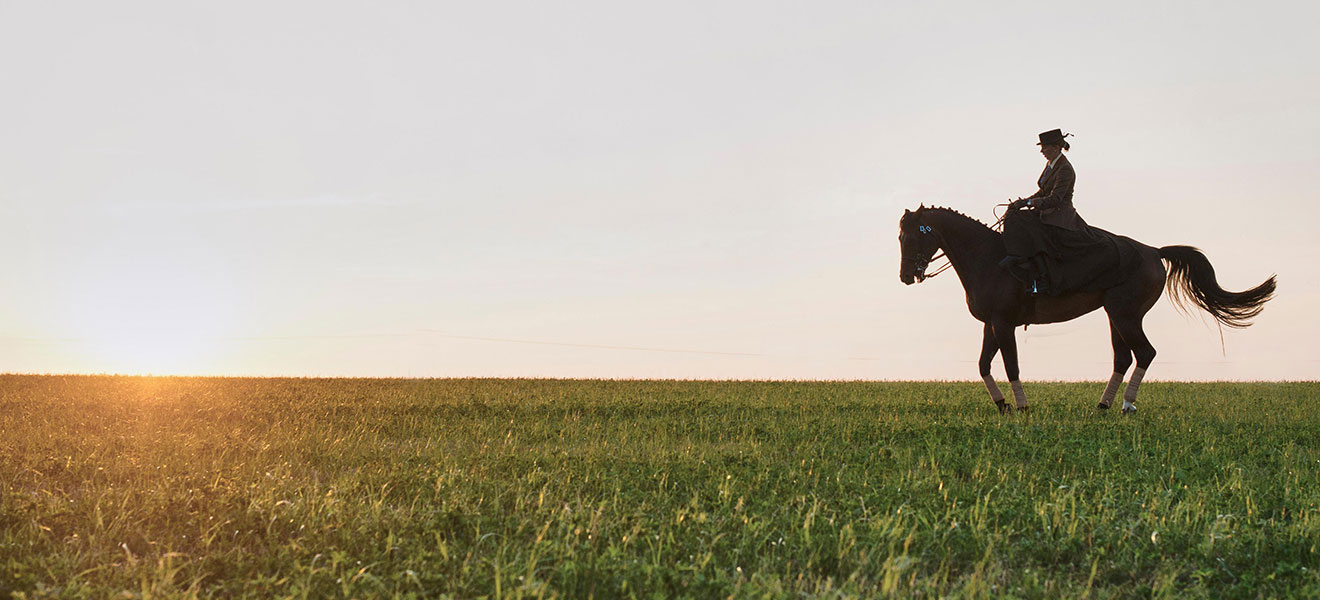 Dressage: How 'horse dancing' evolved from ancient, deadly beginnings to modern Olympic glory
Dressage: How 'horse dancing' evolved from ancient, deadly beginnings to modern Olympic gloryThere can be no short cuts to success in dressage. The Ancient Greeks’ sympathetic methods of training horses, which were all about survival in battle, should still hold good in today’s widespread embrace of the Olympic sport, as Pippa Cuckson explains.
By Concours of Elegance
-
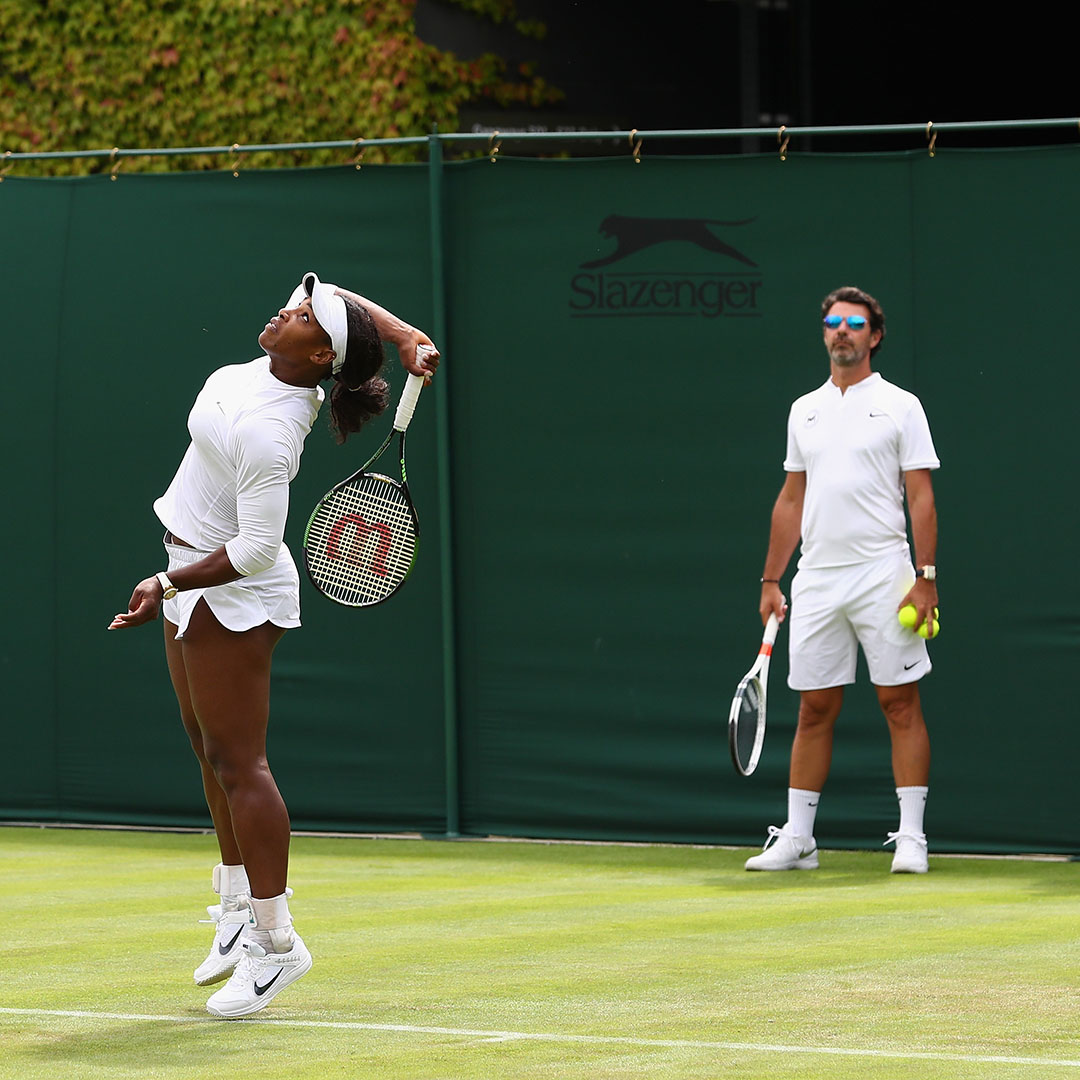 Inspired by Wimbledon? Expert tennis tips to help brush up a rusty game
Inspired by Wimbledon? Expert tennis tips to help brush up a rusty gameWith Wimbledon in full swing, it's the time of year when often-deserted tennis courts are suddenly teeming with players.
By Toby Keel
-
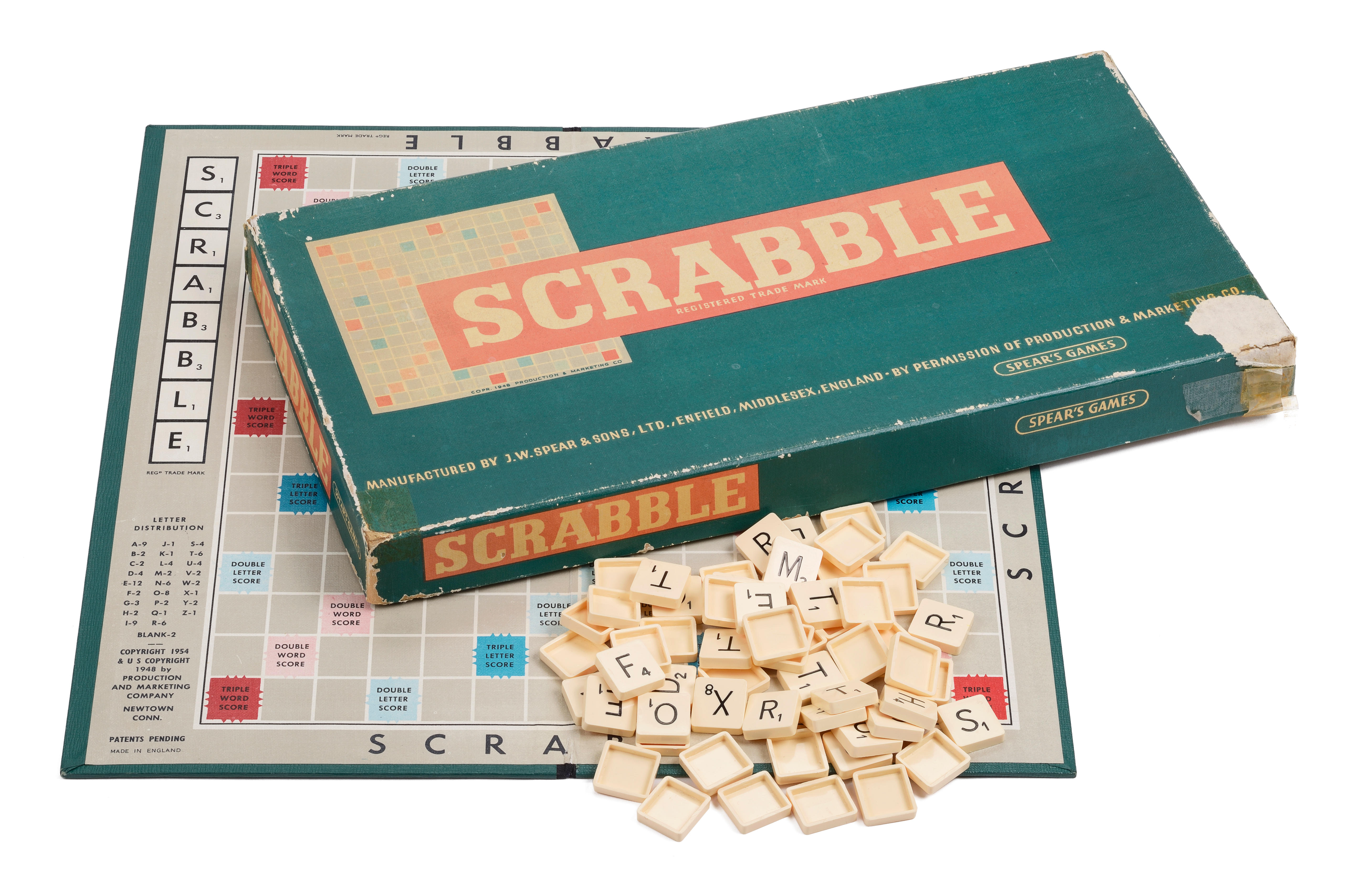 How to win at board games, from Monopoly and Cluedo to Scrabble and Snakes and Ladders
How to win at board games, from Monopoly and Cluedo to Scrabble and Snakes and LaddersAs millions of people around the country are set to have an enforced period at home, it'll be time to bring out the classic board games. But how can you make sure you beat the kids? Luck helps, but tactics are better as Matthew Dennison explains.
By Country Life
-
 Six Nations 2020: England's chance to bounce back in style from World Cup disappointment — but they're very far from unstoppable
Six Nations 2020: England's chance to bounce back in style from World Cup disappointment — but they're very far from unstoppableEngland look set to absolve their World Cup disappointment by lifting the Six Nations crown, says Owain Jones, as he gives his team-by-team guide ahead of the contest that kicks off on Saturday.
By Toby Keel
-
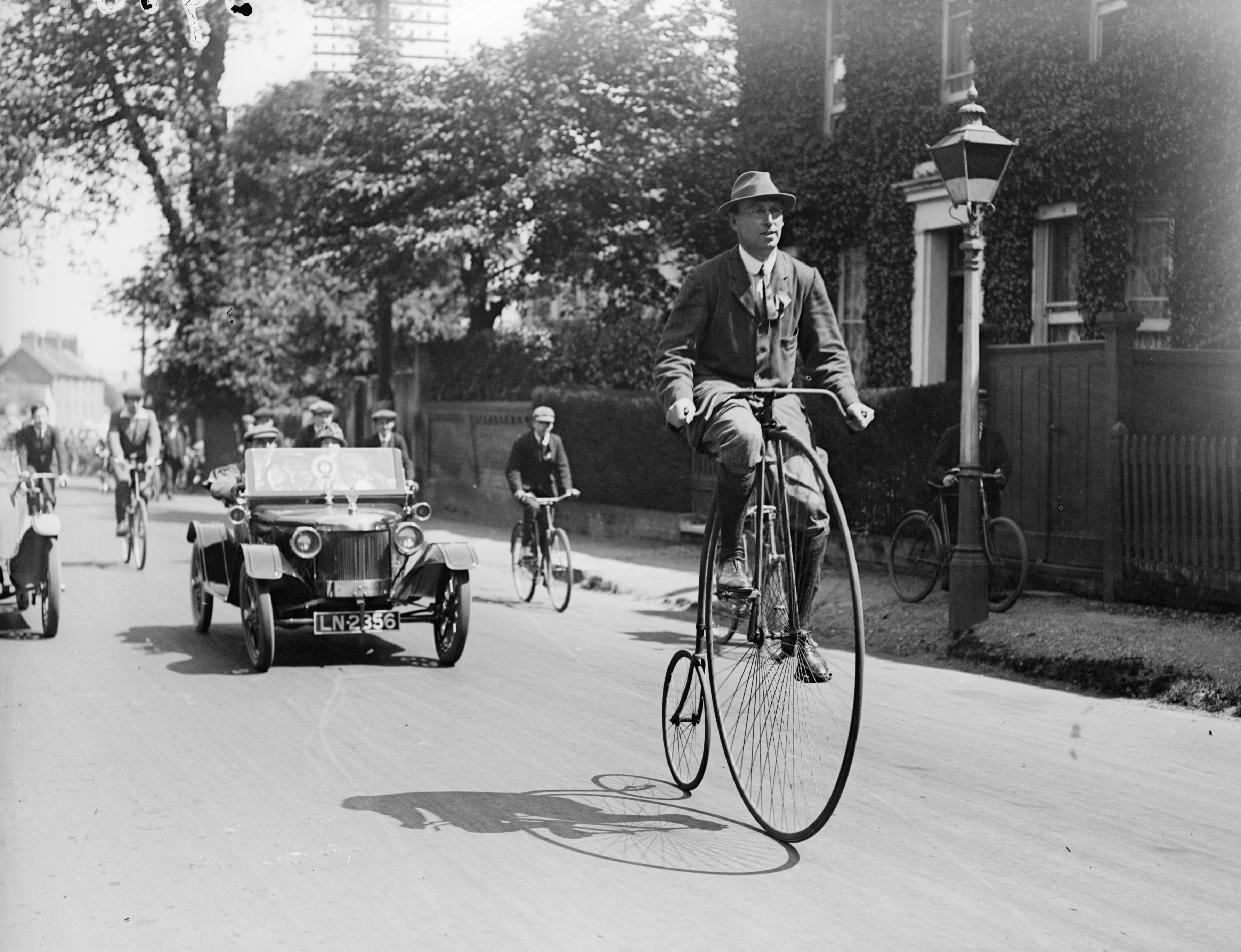 Why the Penny Farthing is once more a frequent sight on the streets of London
Why the Penny Farthing is once more a frequent sight on the streets of LondonThe dinosaur of the bicycle world is back in the spotlight with the help of the Penny Farthing Club and its intrepid members.
By Country Life
-
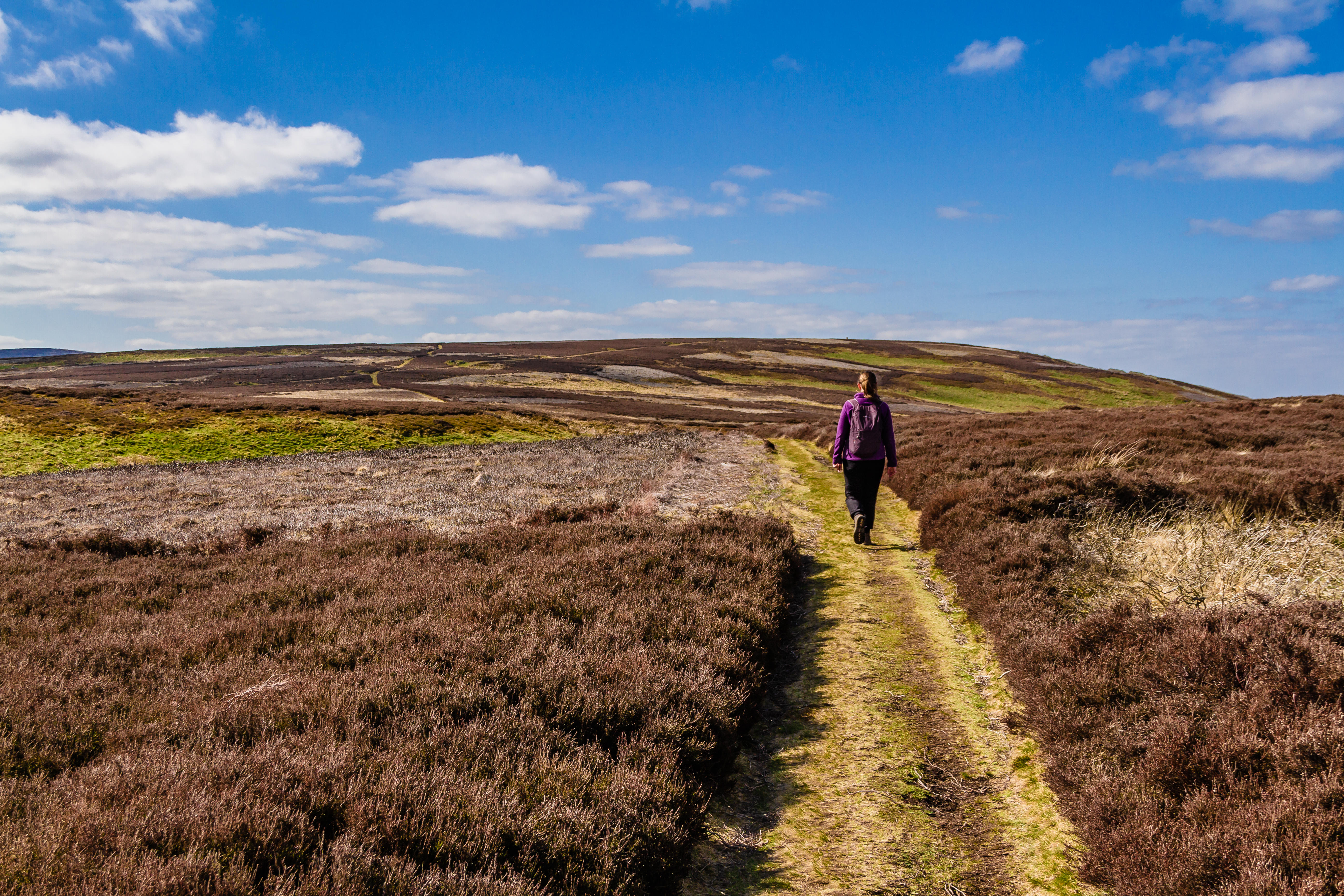 Walking St Cuthbert's Way in late summer: Heather in late-summer emperor’s purple, lit up by the last burst of warmth
Walking St Cuthbert's Way in late summer: Heather in late-summer emperor’s purple, lit up by the last burst of warmthThe Cheviots and St Cuthbert’s Way are the right setting for reflection and remembrance, as Fiona Reynolds finds on her latest walk.
By Fiona Reynolds
